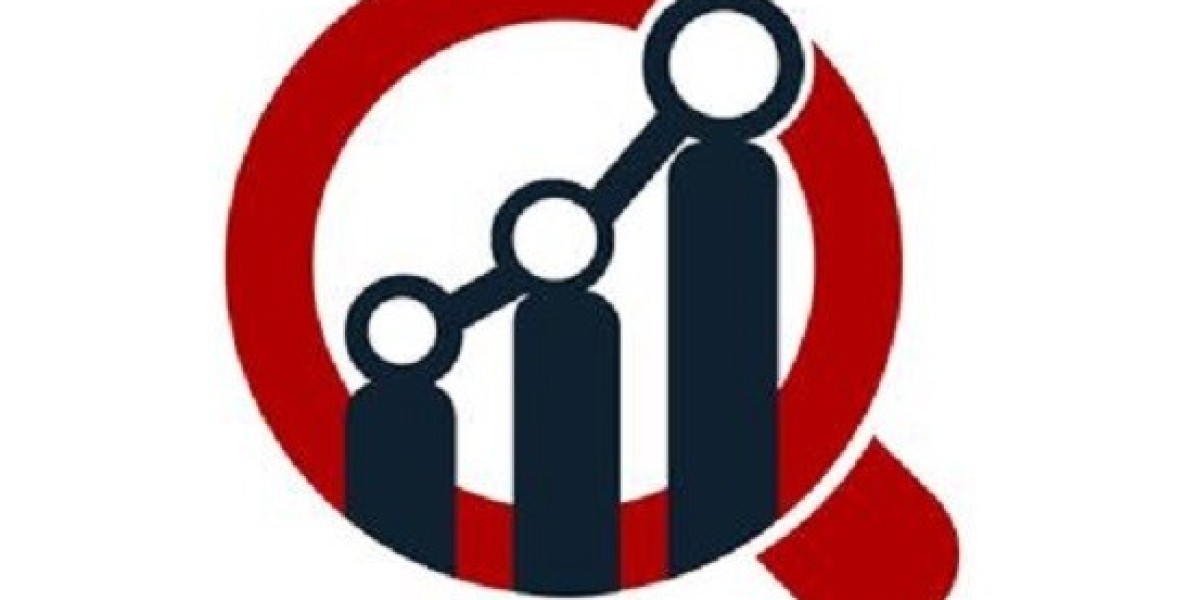Introduction: The Invisible Imperative of Purity
In numerous industrial and scientific processes, even minute amounts of oxygen can have detrimental effects on product quality, process efficiency, or safety. From semiconductor manufacturing and pharmaceutical production to inert gas blanketing and food packaging, controlling oxygen levels down to parts per million (ppm) or even parts per billion (ppb) is absolutely critical. This stringent requirement drives the demand for highly sensitive and accurate instruments known as Trace Oxygen Analyzers. These specialized devices are designed to precisely measure ultra-low concentrations of oxygen in a variety of gas streams. The Trace Oxygen Analyzer Market is an essential segment of the industrial analytical instrumentation sector, enabling industries to maintain purity, ensure safety, and optimize operations.
How Trace Oxygen Analyzers Work
A trace oxygen analyzer employs sophisticated sensing technologies to detect and quantify oxygen at extremely low levels. While various sensor types exist, the most common and effective for trace analysis include:
- Zirconia Oxide Sensors: These are solid-state electrochemical cells. A heated zirconium oxide ceramic (typically to 600-700°C) allows oxygen ions to pass through it. The difference in oxygen concentration on either side of the sensor generates an electrical voltage, which is directly proportional to the oxygen level. They offer fast response times and high accuracy, capable of measuring from 100% down to less than 1 ppm.
- Electrochemical (Galvanic) Sensors: These sensors operate at ambient temperatures and consist of an anode, cathode, and electrolyte. Oxygen diffusing through a membrane reacts with the electrolyte at the cathode, generating a small electrical current. The magnitude of this current is directly proportional to the oxygen concentration. They are often used for ultra-low measurements (down to 0.05 ppm).
- Paramagnetic Sensors: Oxygen is unique among common gases in its paramagnetic property (attraction to a magnetic field). Paramagnetic analyzers measure oxygen by detecting the magnetic susceptibility of the gas sample. This method is highly stable and selective for oxygen, often used in a range of ppm to percent levels.
These analyzers provide real-time, continuous monitoring, often with alarms for out-of-specification oxygen levels.
Importance and Key Applications
The ability to accurately measure trace oxygen is vital across a multitude of industries:
- Semiconductor Manufacturing: To prevent oxidation and defects in wafer production and ensure the purity of process gases (e.g., nitrogen, argon).
- Industrial Gas Production: To verify the ultra-high purity of gases like nitrogen, argon, helium, and hydrogen, which are critical for many industrial processes.
- Pharmaceuticals: To ensure product stability, prevent oxidation of sensitive drug compounds, and maintain inert atmospheres in bioreactors and sterile packaging.
- Chemical and Petrochemical: For safety (preventing explosions in flammable gas streams) and process optimization (e.g., monitoring oxygen in reactor feeds, blanketing storage tanks).
- Food and Beverage: To extend shelf life of perishable products by controlling oxygen levels in modified atmosphere packaging (MAP) and inerting storage tanks.
- Heat Treatment and Metallurgy: To maintain controlled atmospheres in furnaces to prevent oxidation of metals during heat-treating processes.
- Laboratories and Research: For maintaining specific oxygen environments in glove boxes, anaerobic chambers, and for gas mixture analysis.
Market Drivers and Future Outlook
The Trace Oxygen Analyzer Market is experiencing steady growth, estimated at US$1.2 billion in 2024 and projected to reach US$1.5 billion by 2030, growing at a CAGR of 3.1%. Key drivers include:
- Increasing Demand for Product Purity: Growing stringency in quality control across various industries, especially pharmaceuticals, food & beverage, and electronics, necessitates precise oxygen monitoring.
- Strict Safety Regulations: The need to prevent explosions and ensure worker safety in hazardous environments drives the adoption of reliable trace oxygen monitoring.
- Industrial Automation and Digitization: The move towards automated process control systems requires highly accurate and reliable online analyzers.
- Expansion of Key End-Use Industries: Rapid growth in sectors like semiconductor manufacturing, specialized chemical production, and advanced material processing.
- Technological Advancements: Continuous improvements in sensor technology (e.g., longer sensor life, higher accuracy, faster response) and integration capabilities.
The future of the Trace Oxygen Analyzer Market will see continued innovation in sensor durability and miniaturization. The integration of IoT (Internet of Things) for remote monitoring and data analytics, and the application of Artificial Intelligence (AI) for predictive maintenance and enhanced diagnostic capabilities, are emerging trends. The market will also likely benefit from the growing emphasis on green hydrogen production and carbon capture technologies, both of which require precise oxygen measurement. As industries continue to strive for higher purity standards and enhanced operational safety, the demand for sophisticated trace oxygen analysis solutions will undoubtedly expand.
Conclusion: The Unseen Guardian of Industrial Quality
Trace oxygen analyzers are indispensable instruments that act as unseen guardians of quality, safety, and efficiency across a vast spectrum of industries. By providing accurate, real-time insights into ultra-low oxygen concentrations, these analyzers enable manufacturers to prevent costly contamination, avoid hazardous conditions, and ultimately deliver superior products. As industrial processes become more complex and purity demands intensify, the Trace Oxygen Analyzer Market will continue to innovate, ensuring that industries worldwide have the precise tools needed to maintain the most critical atmospheric controls.
Explore our latest reports
🔍 Stay ahead in the healthcare industry. Browse our latest insights now!
About Market Research Future (MRFR)
Market Research Future (MRFR) is a global market research firm that provides comprehensive insights into market trends, drivers, challenges, and opportunities. We offer a broad range of market intelligence reports and consulting services to help businesses and enterprises in various industries make informed decisions
Media Contact:
Market Research Future (MRFR)
Phone: +1-646-845-9312
Email: contact@marketresearchfuture.com
Website: marketresearchfuture







